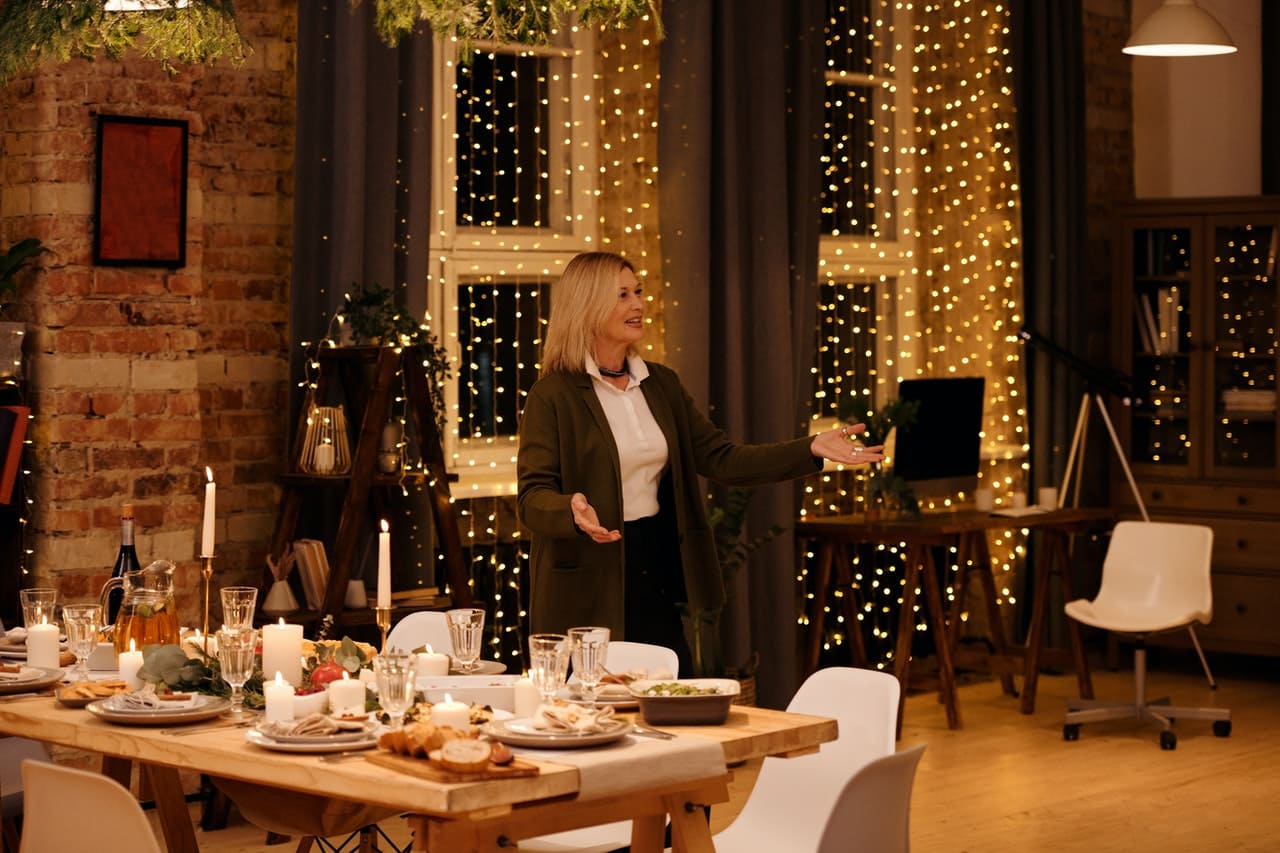
Lighting 레깅스알바 Interior is For this reason, it is important to plan, room by room, the interior lighting design of your home based on the intended use of each space. While we can give you some general guidelines for lighting different rooms in your home, each home is different and requires special attention.
Interior designers have multiple lighting sources to help create functional spaces that meet the specific needs of our clients. When choosing lighting for your home, keep in mind these types of lighting that designers place in all indoor spaces. A well-planned lighting scheme can change the look and feel of your home. These four interior design experts share their lighting design tips, from how to illuminate open-plan spaces to using light to create a cozy ambience.
This luxury lighting guide will walk you through the many different types of lighting and provide expert advice on how to style your home. Some lighting options have more than one type of application, making them versatile and valuable lighting options. A general rule of thumb for any interior lighting is that every room in your home needs a mix of layered lighting.
For example, imagine a kitchen with lights above the island and lighting under the cupboards; or hang them in your living room with perimeter table lamps. For example, in a living room you might have a main ceiling light, but adding a floor lamp next to the chair will create a cozy feeling. You can combine recessed lighting (which we’ll talk about later) with architectural lighting or a trendy ceiling light depending on the shape, size and design of your entrance. Your utility rooms and garages like laundries and work areas will need a lot of general and recessed lighting.
Your utility rooms require functional lighting, which can be a combination of track lighting and pendant lights with higher lighting. Under cabinet lighting can be used under the front of cabinets to provide functional lighting for counters. Pre-installed lights in your home aren’t the only way to direct light from the ceiling to the floor.
Think of different light sources such as sconces, washbasins, but it will all depend on the space of the room and the distance between your lamps. So, if you have a lot of natural light, be sure to use it in your home interior. Like any other element of the interior, lighting plays a decisive role in the design of a room.
You can use all kinds of modern indoor lighting, from floor lamps to ceiling hangers, etc., to add a sense of drama. For the living room, it is recommended to install track lighting and adjustable recessed spotlights to help highlight artwork, sculptures and architectural details. Install indirect lighting on your bedside table or use a wall lamp to create a soft, private atmosphere, just like this home in Washington, DC.

You can choose these light fixtures to complement the overall design and color scheme of the room. Note that pendant and wall lights can be used as accent lighting, especially when installing dimmer switches. Recessed lighting can be used in the floor and ceiling to create a vertical beam instead of the general glow of a center light suspended from the ceiling.
In addition to adding to the overall style of a room’s interior design, artificial lighting can be used to accentuate elements, create zones, and change the perceived proportions of a room. Accent lighting adds depth and drama to a space, highlighting elements such as decorative walls, walkways, and seating, while task lighting is needed for more specific jobs without straining the eyes, such as desk lamps or table lamps. Indoor lighting fixtures such as chandeliers, pendants and ceiling lamps are available in a wide range of decorative designs to help you personalize your space. Indoor ceiling lighting designs using LEDs are a popular and effective way to distribute light evenly in a room.
This type of indirect lighting, usually in the form of spotlights / spotlights, can be used effectively in any room in the home. Active lighting can also be used to create pedestrian paths in a room or hallway, as well as directional lights at floor level or stair risers. For example, a floor lamp powerful enough to illuminate an entire room is ambient lighting. Whether it provides upward or downward lighting, this type of luminaire can illuminate a corridor, provide additional lighting for a buffet table in a dining room, or free up floor and surface space in a bathroom.
Spot lighting is widely used in active and accent lighting to highlight specific features of a room. Accent lighting Accent lighting is used to highlight specific areas, artwork, or different parts of a room. In contrast to luminaires hanging in the center of the room, which provide natural or wall lighting. One way to do this is to position the light at different heights, such as table lamps, floor lighting, and ceiling recessed lighting in different directions.
For example, in a house we have an LED strip on the living room floor behind a curtain. If you have a kitchen island or breakfast nook, you can light it up with a pendant lamp or chandelier (dimmable). Turn on lights at ground level to create soft lighting on the floor – the perfect way to light up a room at night.
If you have an outdoor area connected to your living space, use outdoor lighting to create an additional area. Lighting is one of the most important aspects of interior decoration, because in addition to illuminating the room, it can also completely change the appearance of the room, making it better or worse. Generally speaking, the most important thing about lighting is that it strengthens the architectural concept of the space, but it must also create the right atmosphere.
When planning accent lighting, ask yourself how you want each room to feel and what elements you want to accentuate or hide. With this in mind, you can accentuate artwork and accentuate the walls with spotlights or track lights. You can hang them from the ceiling like pendant lights or place them on surfaces like surface lights. Of course, you’ll want to consider the look of your lighting fixtures, perhaps matching antique-style fixtures to your old house, or creating an elegant look with crystal chandeliers.
But using an effective indoor lighting plan for your home can be tricky. Lighting in your home is important – it can change the look of your home. Placement and type are important aspects of interior design and work in tandem with color choices, room size, natural light, and furniture choices. Interior designers evaluate the activities that will take place in each part of the room to make sure there is enough light for that function and the intensity is high enough to illuminate any space that requires a certain amount of light.